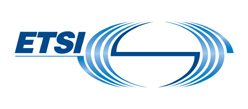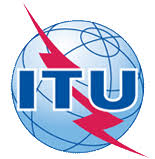For development of the IEC architecture, there are couple of software-oriented architectural ways to build flexible protocol architecture achieved by deploying and operating the architecture, for instance, an unified software oriented architecture, which is composing logically modular functions to tightly coupled way as a monolithic architecture and microservice architecture which is loosely composing logically or physically separated own processing functions as microservices. Because IEC has developed on different hardware specifications and various functionalities that each business wants, it is standardized based on microservices and used as a reference standard for implementation. As a result of microservices based IEC architecture, it can be continuously developed and operated by updating microservices. This Recommendation specifies signalling architecture, protocol interfaces, protocol procedures and message format for microservices based intelligent edge computing.
ITU-T - SG11 - Q.IEC-PRO
https://www.itu.int/ITU-T/workprog/wp_item.aspx?isn=17839

